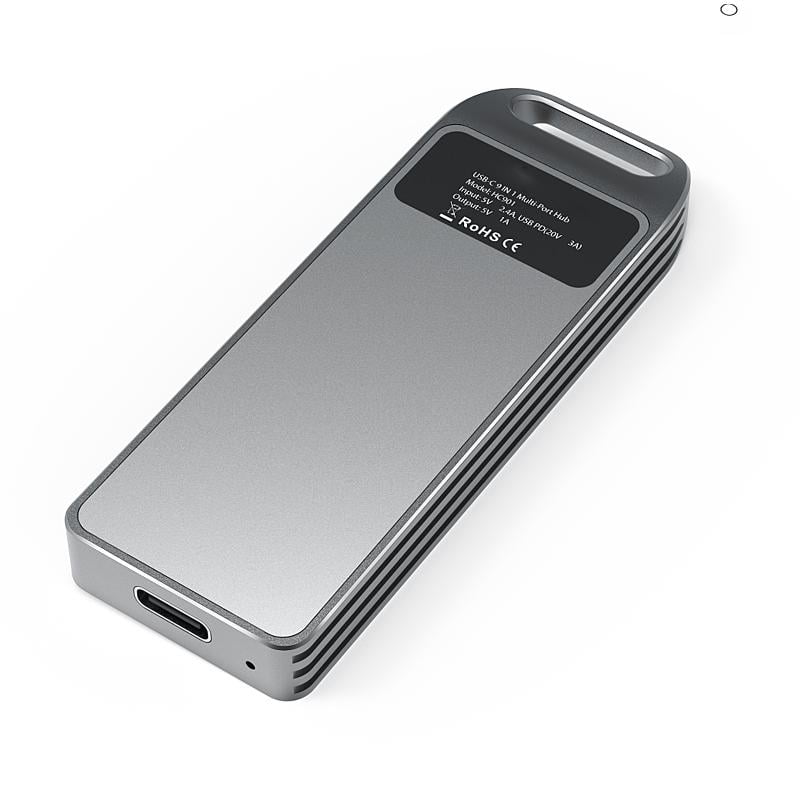
The -l option displays detailed high and low memory size statistics. The -s option with number, used to update free command at regular intervals.Ħ. Free command with -t option, will list the total at the end.ĥ. Free command with option -g, display the size of memory in gigabytes.Ĥ. Free command with option -m, display the size of memory in megabytes.ģ. Free command with option -b, display the size of memory in Bytes.Ģ.The -V switch displays version information.įiles to see memory information: /proc/meminfo.The -l switch shows detailed low and high memory statistics.You may actually specify any floating point number for delay, The -s switch activates continuous polling delay seconds apart.If the -o option is not specified, free subtracts buffer memory from the used memory and adds it to the free memory reported. The -o switch disables the display of a “buffer adjusted” line.The -t switch displays a line containing the totals.df -T shows the disk usage along with each block's filesystem type (e.g., xfs, ext2, ext3, btrfs, etc. df -a shows the file system's complete disk usage even if the Available field is 0. df -h shows disk space in human-readable format. The -b switch displays the amount of memory in bytes the -k switch (set by default) displays it in kilobytes the -m switch displays it in megabytes. The df command stands for 'disk-free,' and shows available and used disk space on the Linux system.buffers – Memory used by kernel buffersĭefault output for free command is in Kilobytes.įree.

df -T shows the disk usage along with each blocks.

With a quick glance, you might start sweating.


When checking the amount of free memory on a Linux server, it’s easy to think you’re running out of memory when you’re not.įor example, here’s the output of free -m on a server with 4GB of RAM:


 0 kommentar(er)
0 kommentar(er)
